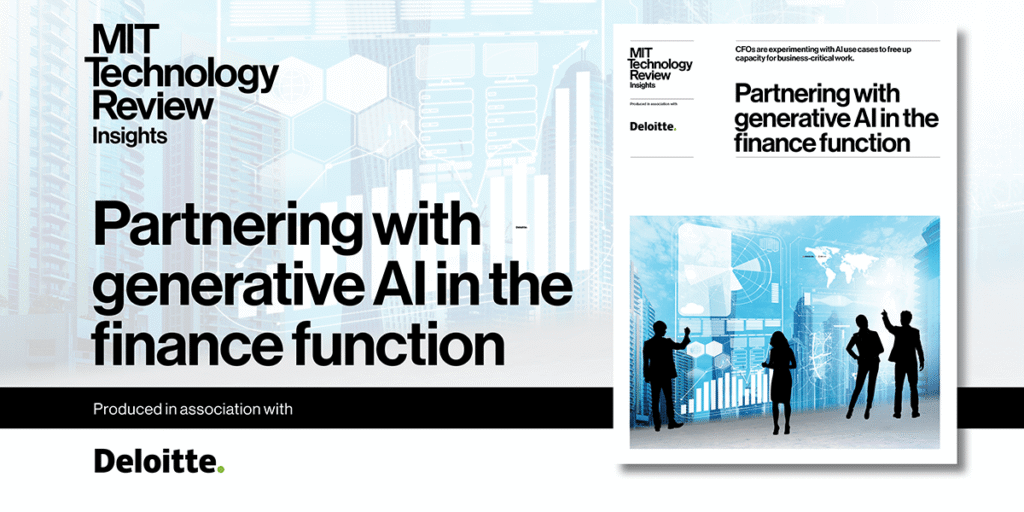As the financial landscape evolves in response to technological advancements, generative AI is emerging as a pivotal player, particularly in treasury functions. Its capabilities stretch across essential areas such as cash management, revenue forecasting, liquidity analysis, contract automation, and investment scrutiny. Despite its potential, the integration of generative AI in forecasting within finance isn’t without challenges; notable limitations arise from the mathematical foundations of large language models (LLMs). A recent survey by Deloitte on the 2024 State of Generative AI in the Enterprise revealed that nearly 19% of finance organizations have embraced generative AI, indicating a burgeoning acceptance of this technology in finance despite underlying concerns.
Financial institutions are generally known for their cautious approach to new technologies, often assessing ROI and mitigating risk before fully committing to innovation. Interestingly, findings from Deloitte’s fourth-quarter 2024 North American CFO Signals survey indicate that executive confidence in generative AI is growing, with 46% of CFOs anticipating increased investment in this area over the next year. The driving motivations include the technology’s capacity to exert tighter cost controls through self-service features and automation, alongside its potential to liberate skilled labor for more strategic activities that add substantial value to the organization.
However, organizations must carefully weigh the costs associated with adopting generative AI products against the expected benefits. Existing tools such as OpenAI and Anthropic have positioned themselves as strong candidates for financial applications, each presenting unique strengths and weaknesses. OpenAI’s solutions, with their vast language understanding and generation capabilities, offer robust performance in automating report generation and data analysis. However, they may require substantial investment in training and fine-tuning to align with specific business needs. On the other hand, Anthropic emphasizes ethical AI development, providing greater transparency and controls that could be appealing for industries where compliance and ethical considerations are paramount.
In comparing automation platforms, Make and Zapier showcase differing advantages as well. While Zapier offers a user-friendly interface that enables quick integration of various applications, its functionality may lag in complex scenarios where nuanced automation tasks are required. Make, aiming at more sophisticated users, provides an in-depth, visual approach for designing intricate workflows, which can better serve companies that demand customized solutions – albeit at the cost of a steeper learning curve. Ultimately, the choice between these platforms should depend on the specific operational requirements and the skill levels of the teams deploying the tools.
The integration of generative AI and automation in finance is not merely about enhancing existing processes; it also necessitates a profound cultural shift within organizations. As Robyn Peters from Deloitte Consulting LLP highlights, many finance professionals remain entrenched in traditional document-centric workflows, hampering the swift integration of innovative technologies. Companies should encourage a mindset that embraces AI as a collaborative partner in their operations, one that augments human capabilities rather than replaces them.
The risk for CFOs is acute. By adopting a passive stance towards the integration of AI, they may find themselves outpaced by competitors who are rapid adopters of these technologies. The future of finance will undoubtedly involve professionals who seamlessly collaborate with AI tools, fostering environments where human intelligence is complemented by machine efficiency. Therefore, CFOs must proactively re-envision their workforce and consider re-skilling efforts to prepare the next generation of finance professionals in a world where AI tools are omnipresent.
Investments in generative AI and automation are accompanied by expectations for improved financial performance, yet the current realization of these benefits appears to be lagging. With return on generative AI investments reported to be eight points lower than anticipated for surveyed organizations, it reinforces the need for diligent assessment and recalibration of stakeholder expectations. Companies should focus on developing clear metrics for success that can gauge the effectiveness of AI tools.
In summary, while generative AI brings significant opportunities for transformation within finance organizations, it is essential for SMB leaders to approach these technologies thoughtfully. A balanced examination of the strengths, weaknesses, and costs associated with AI and automation platforms can enable strategic decision-making that aligns with organizational goals. As reliance on AI deepens, continual investment in upskilling personnel and fostering a culture of innovation will be critical in harnessing the full potential of these technologies.
FlowMind AI Insight: To thrive in the evolving financial landscape, leaders must actively cultivate an adaptive culture where generative AI and automation synergize with human creativity. Strategic investments in training and technology, guided by data-driven evaluations, will be indispensable for driving sustainable growth and competitive advantage.
Original article: Read here
2025-09-11 13:00:00

